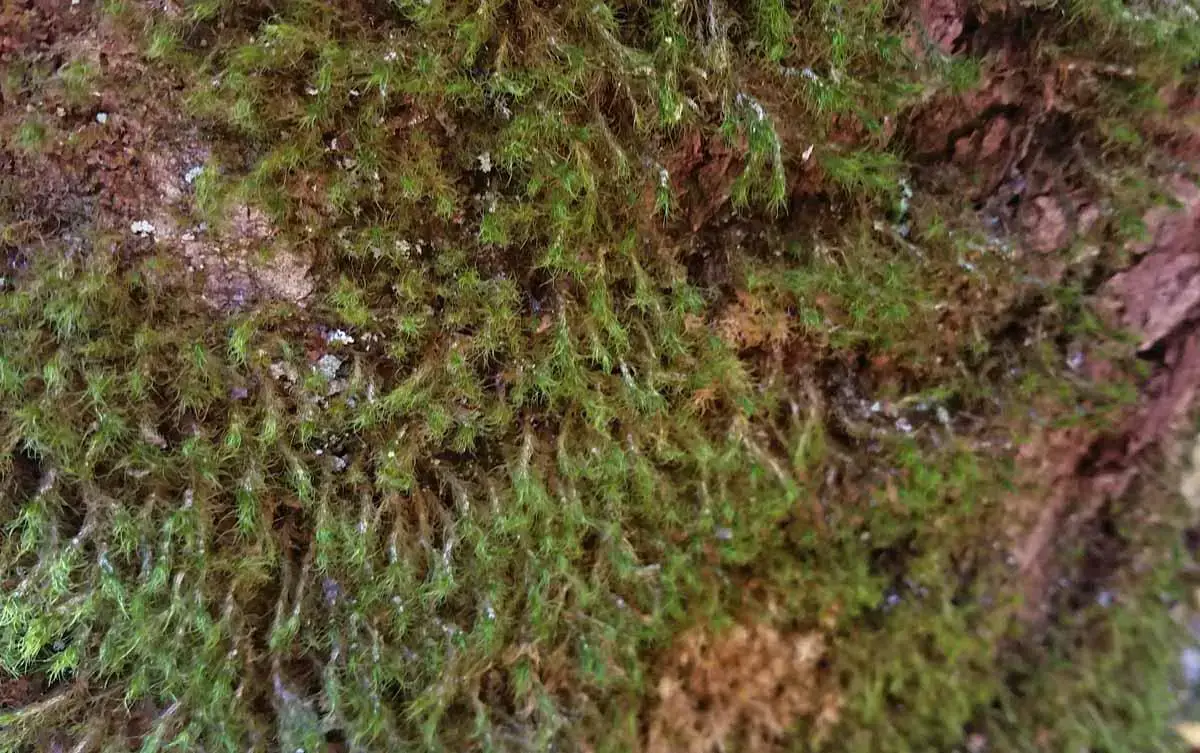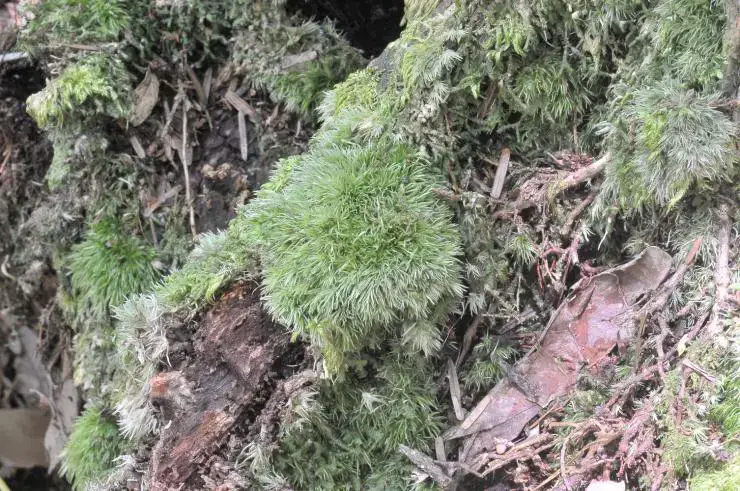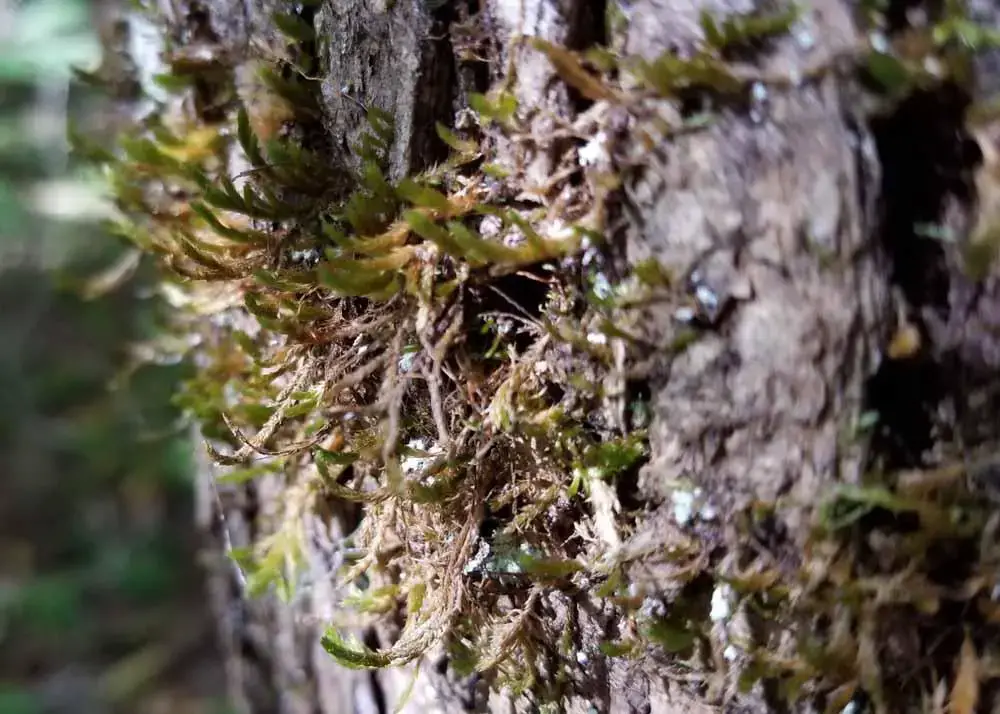
maxresdefault.jpg from: https://www.youtube.com/watch?v=Z-MHwsRHzEA
Leucodon giraldii: The Fascinating Moss of the Leucodontaceae Family
Introduction
Have you ever stopped to admire the tiny, intricate world of mosses? One particularly interesting species is Leucodon giraldii Müll.Hal., a moss belonging to the Leucodontaceae family. In this blog post, we’ll dive into the fascinating details of this unique plant.
Background
Leucodon giraldii is a species of moss first described by German botanist Carl Müller in 1896. It is named after Giuseppe Giraldi, an Italian missionary and plant collector who gathered the type specimen in China. This moss is classified under the Bryophyta

a-hook-moss-leucodon-sp.jpg from: https://wcbotanicalclub.org/a-hook-moss-leucodon-sp/
division and Bryopsida class.
Morphology and Identification
L. giraldii forms dense mats with creeping primary stems and erect secondary stems reaching 2-4 cm

7037e79d418c961c5141889e083833ce.jpg from: https://taieol.tw/muse/digi_object/2355523fe7d6b11d4b7a8ac495911fd7
tall. The leaves are ovate-lanceolate, 1.5-2 mm long, with a strong costa extending 3/4 the leaf length. Leaf margins are entire and often recurved. The alar cells are quadrate to short-rectangular.

20191018_a-hook-moss-leucodon-sp.-02-kb.jpg from: https://wcbotanicalclub.org/20191018_a-hook-moss-leucodon-sp-02-kb/
Sporophytes are rare, with an erect, cylindrical capsule on a seta 5-10 mm long.
Global Distribution and Habitat
This moss has a scattered distribution, found in China, Japan, Korea, and the Russian Far East. It grows on tree trunks and rocks in forests at elevations of 500-2500 m.
Ecological Roles and Adaptations
Like other mosses, L. giraldii plays important roles in its ecosystem:
- Helps retain moisture and prevent soil erosion
- Provides shelter and microhabitats for small invertebrates
- Pioneers disturbed sites and aids in succession
- Survives desiccation by entering a metabolic dormancy
| Trait | Adaptation |
|---|---|
| Dense mat growth form | Efficient water and nutrient uptake |
| Thick cell walls | Desiccation tolerance |
| Entire leaf margins | Prevent water loss |
| Rare sexual reproduction | Allows persistence in stressful habitats |
Conclusion
Leucodon giraldii may be small, but it is a remarkable moss with unique adaptations. Next time you’re in a forest, take a closer look – you might just spot this fascinating species! What other secrets do you think the miniature world of mosses holds?